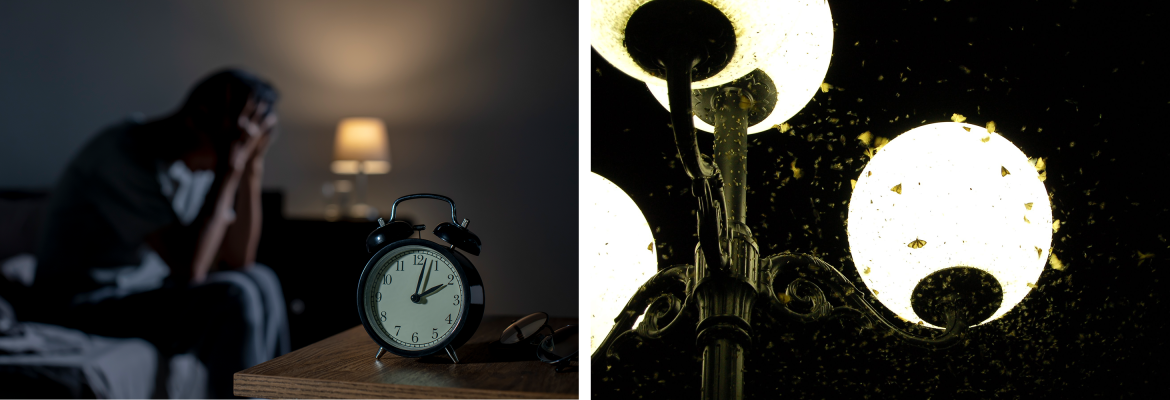DarkSky Annual Report
September 2024
September 2024
OPINION
As leading advocates of responsible lighting practices, DW Windsor is committed to delivering high-quality outdoor lighting solutions and preserving the beauty and integrity of our natural night skies. The recently published "Artificial Light at Night: State of the Science 2024" by DarkSky International provides a comprehensive overview of the critical challenges posed by artificial light at night (ALAN) and underscores the urgency for the lighting industry to embrace more responsible practices.
The report highlights several key areas where ALAN impacts our environment, wildlife, human health, public safety, and even space itself. It underscores the importance of balancing our need for outdoor lighting with the imperative to protect the night sky, a natural resource that is increasingly under threat.

The impact of skyglow on our night skies
One of the most immediate and visible effects of ALAN is skyglow, which diminishes our ability to see stars and other celestial bodies. According to the report, over 80% of the world’s population lives under light-polluted skies, with skyglow increasing by about 2% per year. The proliferation of energy-efficient but overly bright LED lighting has exacerbated this problem, contributing to a significant increase in light pollution. For lighting professionals, this calls for a reassessment of how we design and implement outdoor lighting systems, with a focus on minimising skyglow through better shielding, reduced intensity, and thoughtful placement of light sources.
Ecological and health consequences
The report details the profound ecological impacts of ALAN, affecting nearly every species studied. From disrupting migration patterns in birds to altering reproductive cycles in amphibians, the consequences of light pollution are far-reaching. Insects, which are critical to pollination and ecosystem balance, are particularly vulnerable, as ALAN disrupts their behaviour and survival rates.
Human health is also at risk, with evidence linking ALAN to sleep disorders, obesity, and even certain types of cancer. Studies suggest that even low levels of light can disrupt melatonin production, which plays a crucial role in regulating sleep and protecting against certain diseases. The report emphasizes the need for more research to understand the full impact on human health, particularly in relation to outdoor light exposure.

Public safety and energy efficiency
The report discusses the complex relationship between outdoor lighting and public safety. While outdoor lighting is traditionally viewed as beneficial for reducing accidents and crime, the report notes that the evidence on this is not entirely consistent. In some cases, excessive lighting can lead to issues such as glare, which reduces the visibility of objects at night for motorists, bicyclists, and pedestrians.
Additionally, the report highlights the "rebound effect," where the increased efficiency of LED technology has sometimes led to higher overall energy consumption due to greater use. Despite the push for greener lighting, this paradox reveals that technological advancements must be matched with careful planning and regulation to truly benefit the environment.

How we can help
As lighting professionals, we have a critical role to play in mitigating the negative impacts of ALAN. By advocating for and implementing dark-sky-friendly lighting practices, we can help reduce skyglow, protect wildlife, and improve human health, all while delivering efficient and effective lighting solutions.
At DW Windsor, we are committed to leading the way in this effort. We offer a wide range of DarkSky Approved luminaires and are actively working to deliver more sustainable lighting solutions for the future. Our innovations include precise optics and shielding to prevent light spill, adaptive controls to adjust lighting based on need, and warmer colour temperatures that minimise glare and reduce environmental impact. These features demonstrate that technological advancements can coexist with responsible lighting practices and the protection of our night skies.
Read the full report here.